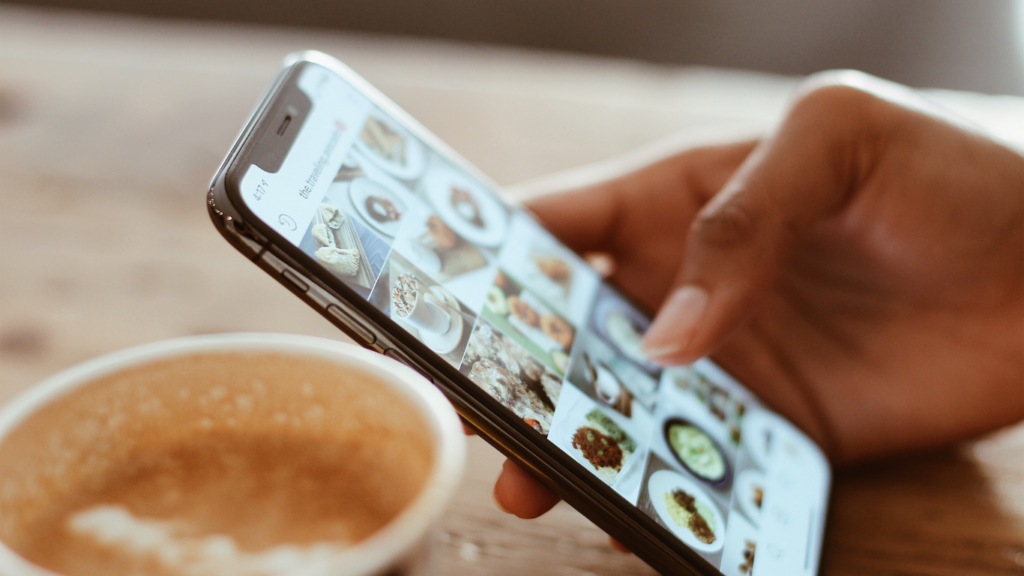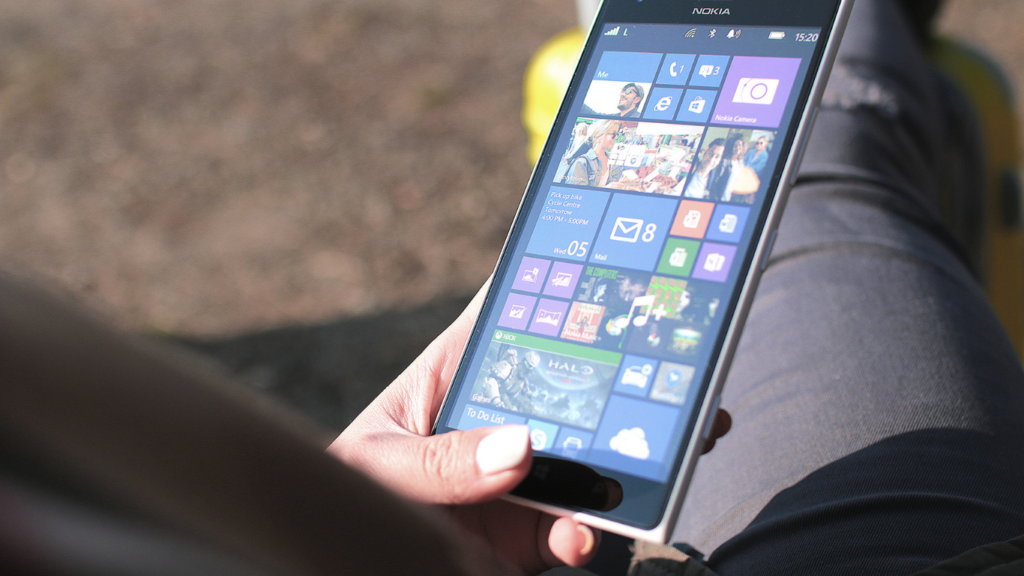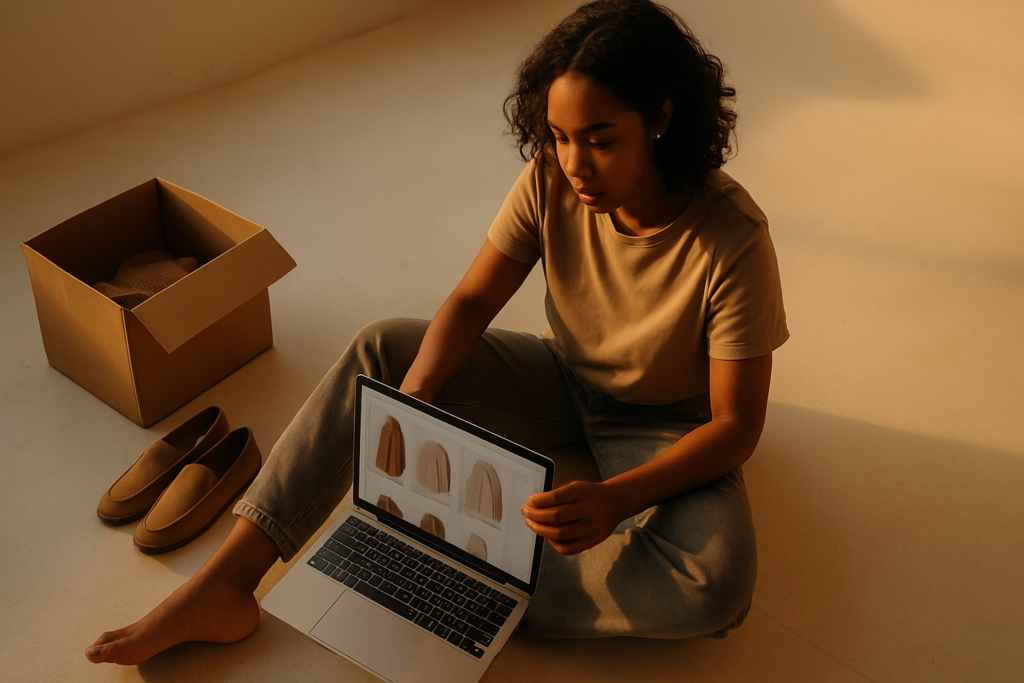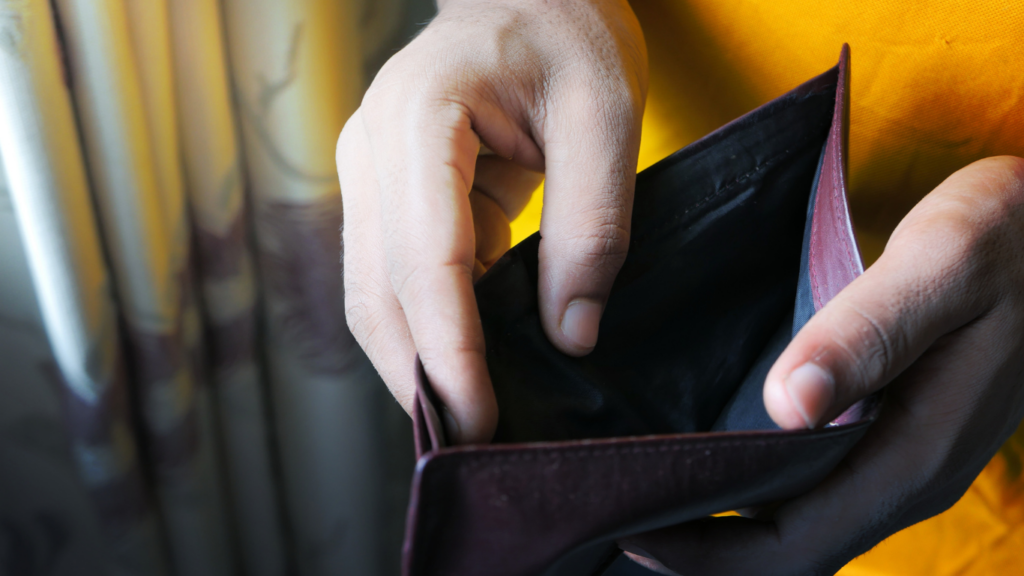In today’s digital age, social media has revolutionized the way we interact, shop, and perceive luxury. As a seasoned blogger, I’ve witnessed firsthand the significant impact of social platforms on global luxury spending trends.
From Instagram influencers showcasing high-end products to luxury brands leveraging Facebook ads to target affluent consumers, the role of social media in driving luxury spending cannot be underestimated. Through strategic marketing campaigns and influencer partnerships, luxury brands can now reach a wider audience and create aspirational lifestyles that resonate with consumers worldwide.
As I delve into the intricate relationship between social media and luxury spending, I’ll explore how platforms like TikTok, Pinterest, and Snapchat are shaping consumer behavior and influencing purchasing decisions on a global scale. Stay tuned to uncover the power of social media in shaping the future of luxury consumption.
Impact of Social Media on Global Luxury Spending
Exploring the impact of social media on global luxury spending reveals a profound shift in consumer behavior and purchasing patterns. Luxury brands strategically harness the power of social platforms to curate aspirational content, fostering a sense of exclusivity and desirability among audiences.
Platforms like Instagram have become key drivers of luxury spending, with influencers showcasing high-end products to millions of followers. Engagement with luxury brands on social media is not merely transactional but immersive, offering consumers a glimpse into a lifestyle associated with affluence and sophistication.
By leveraging targeted Facebook ads, luxury companies can tailor their marketing efforts to reach high-net-worth individuals worldwide, influencing their purchasing decisions directly through captivating visuals and compelling brand narratives. Moreover, emerging platforms such as
- TikTok
- Snapchat
These are pivotal in shaping consumer preferences and trends within the luxury sector. These platforms enable brands to connect with a younger demographic, introducing them to the ethos of luxury and cultivating a new generation of luxury consumers. Through innovative campaigns and collaborations with social media influencers, luxury brands extend their global reach, captivating audiences across continents and driving luxury spending on a global scale.
Evolution of Consumer Behavior in the Luxury Industry
Social media platforms have revolutionized consumer behavior in the luxury industry, creating new avenues for brands to engage with their target audience. Instagram, with its visually appealing content, plays a pivotal role in shaping consumer preferences and driving luxury spending trends.
Influence of Social Media Platforms
I leverage the power of various social media platforms to influence consumer behavior in the luxury industry. Instagram, known for its visually appealing content, allows brands to showcase their products in a captivating manner, influencing consumer preferences and purchase decisions.
Moreover, platforms like Facebook enable targeted advertising, reaching affluent audiences globally and driving luxury spending on a larger scale. The strategic use of influencer partnerships further amplifies brand visibility and engagement, contributing to the evolution of consumer behavior in the luxury sector.
Global Luxury Brands’ Social Media Strategies
Exploring the social media strategies employed by global luxury brands unveils a world of meticulous planning and targeted engagement. Luxury companies leverage platforms like Instagram not just to showcase products but to craft aspirational content that resonates with their discerning audience.
By partnering with influencers and running precisely targeted ads on Facebook, these brands captivate affluent consumers worldwide, influencing their purchasing decisions through compelling visuals and brand stories. The emergence of newer platforms such as TikTok, Pinterest, and Snapchat has ushered in a fresh wave of luxury consumer engagement.
Global luxury brands are tapping into these platforms to connect with a younger demographic, shaping their preferences and fueling the momentum of luxury spending on a global scale. Social media has redefined consumer behavior within the luxury industry, offering brands innovative ways to interact with their target market.
Instagram remains a cornerstone in the social media strategies of luxury brands. Renowned for its aesthetically pleasing content, Instagram plays a pivotal role in not only influencing consumer tastes but also steering luxury spending patterns.
Additionally, strategic collaborations with influencers on various platforms like Facebook amplify brand visibility and engagement levels, playing a pivotal role in reshaping consumer behavior dynamics in the luxury sector.
Challenges and Opportunities in Social Media Marketing for Luxury Brands
Continuing the discussion on the impact of social media on global luxury spending, let’s delve into the challenges and opportunities luxury brands face in their social media marketing efforts.
- Balancing Exclusivity with Accessibility: Luxury brands must strike a delicate balance between maintaining an aura of exclusivity while being accessible on social media platforms. Ensuring that their products are perceived as desirable and exclusive, yet available to a wider audience through social media engagement, presents a unique challenge and opportunity for luxury marketers.
- Authenticity in Influencer Collaborations: Collaborating with influencers on social media can be both a challenge and an opportunity for luxury brands. Finding influencers whose values align with the brand’s ethos and ensuring that partnerships come across as authentic and not solely driven by commercial motives is vital for maintaining credibility among discerning luxury consumers.
- Navigating the Digital Landscape: The rapidly evolving digital landscape poses challenges for luxury brands in keeping up with the latest social media trends and platforms. Staying relevant and engaging across multiple social media channels while maintaining a cohesive brand image presents both challenges and opportunities for luxury marketers.
- Data Privacy and Consumer Trust: Maintaining consumer trust in an era where data privacy concerns are paramount can be challenging for luxury brands on social media. Ensuring transparency in data collection practices and respecting consumer privacy while leveraging data-driven insights presents an ongoing challenge and an opportunity for luxury brands to build trust with their audience.
- Localization and Global Reach: Luxury brands often target a global audience while needing to connect with consumers on a more personalized, local level. Adapting social media marketing strategies to resonate with diverse cultures and preferences presents a challenge and an opportunity for luxury brands to create meaningful connections with their audience worldwide.
While social media presents challenges for luxury brands in maintaining exclusivity, navigating influencer collaborations, and staying relevant in a digital age, it also offers valuable opportunities to connect authentically with consumers, gather data insights, and expand global reach.
Adapting to these challenges and leveraging the opportunities presented by social media can enable luxury brands to engage effectively with their target audience and drive global luxury spending trends.





